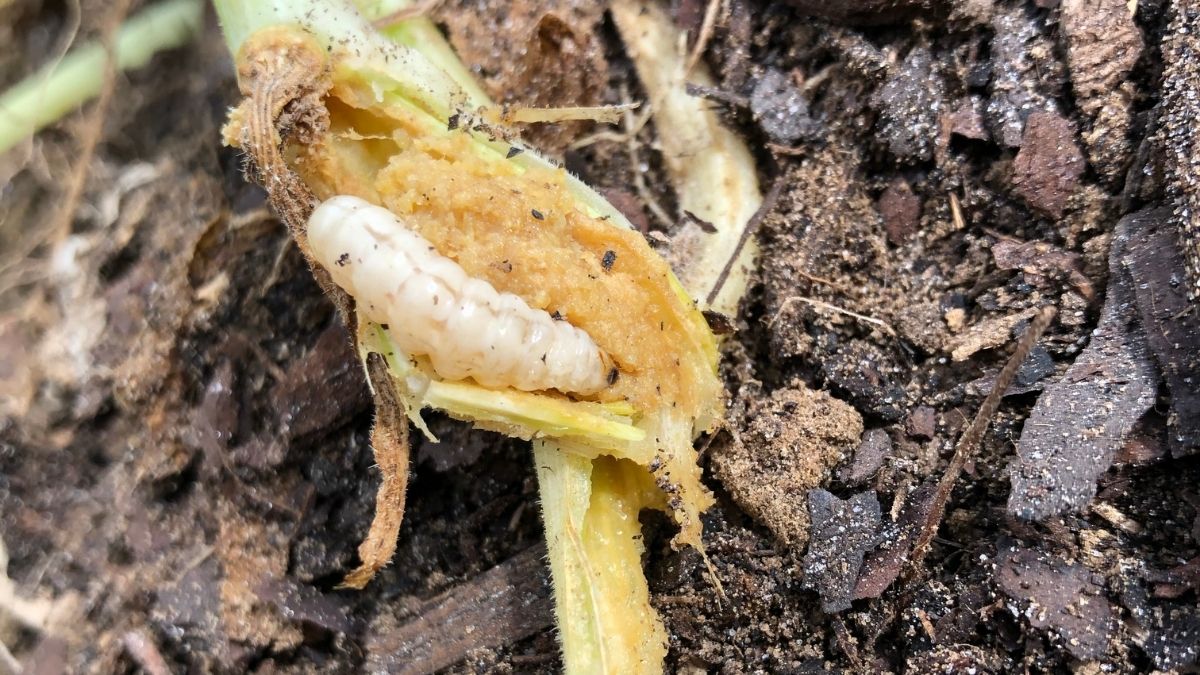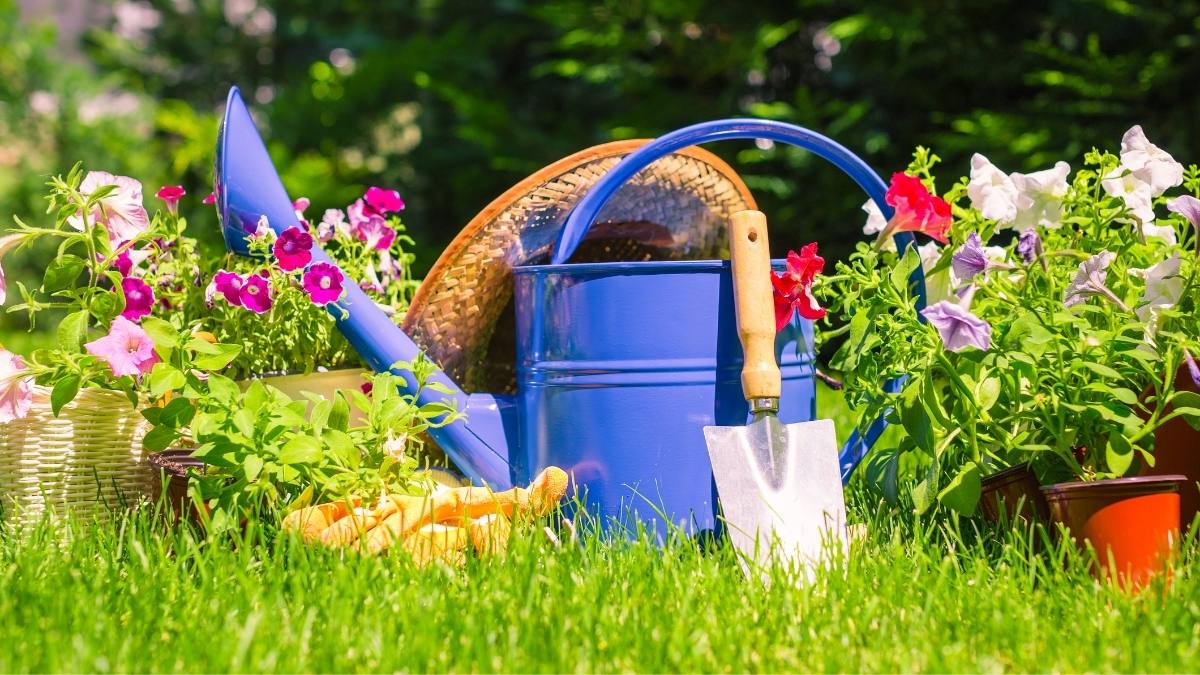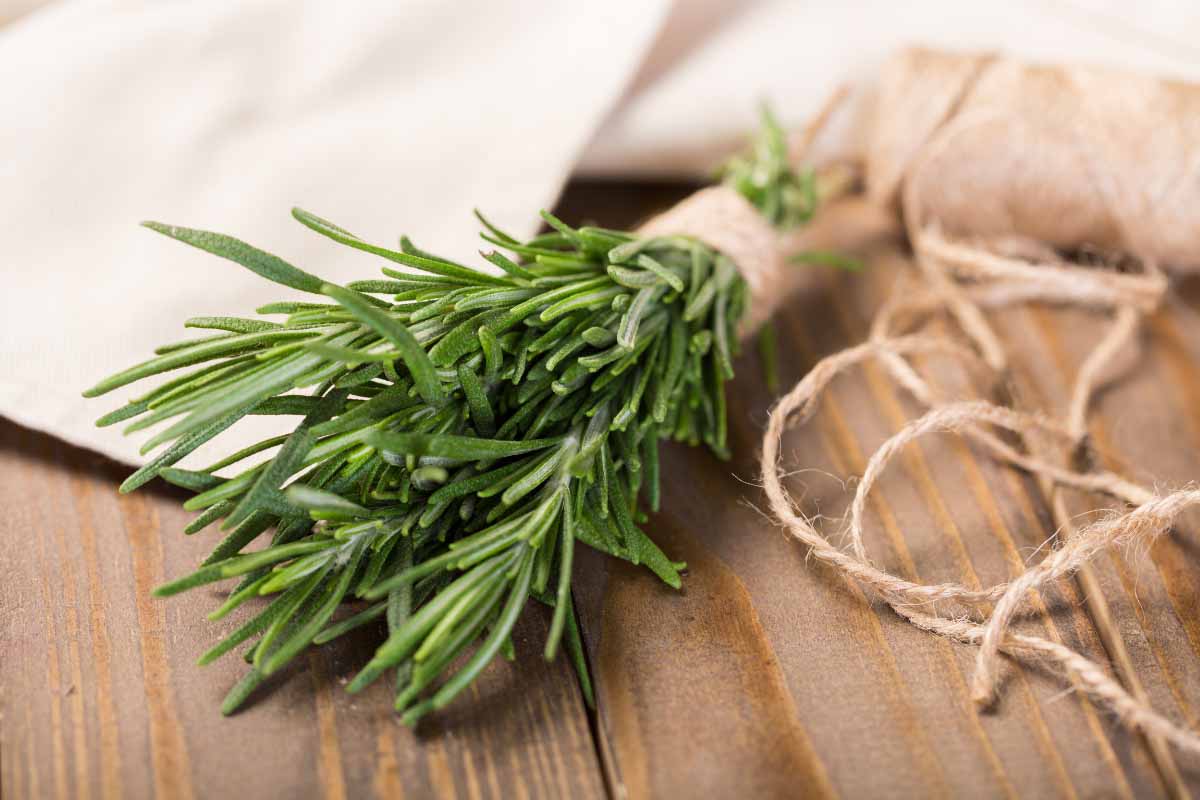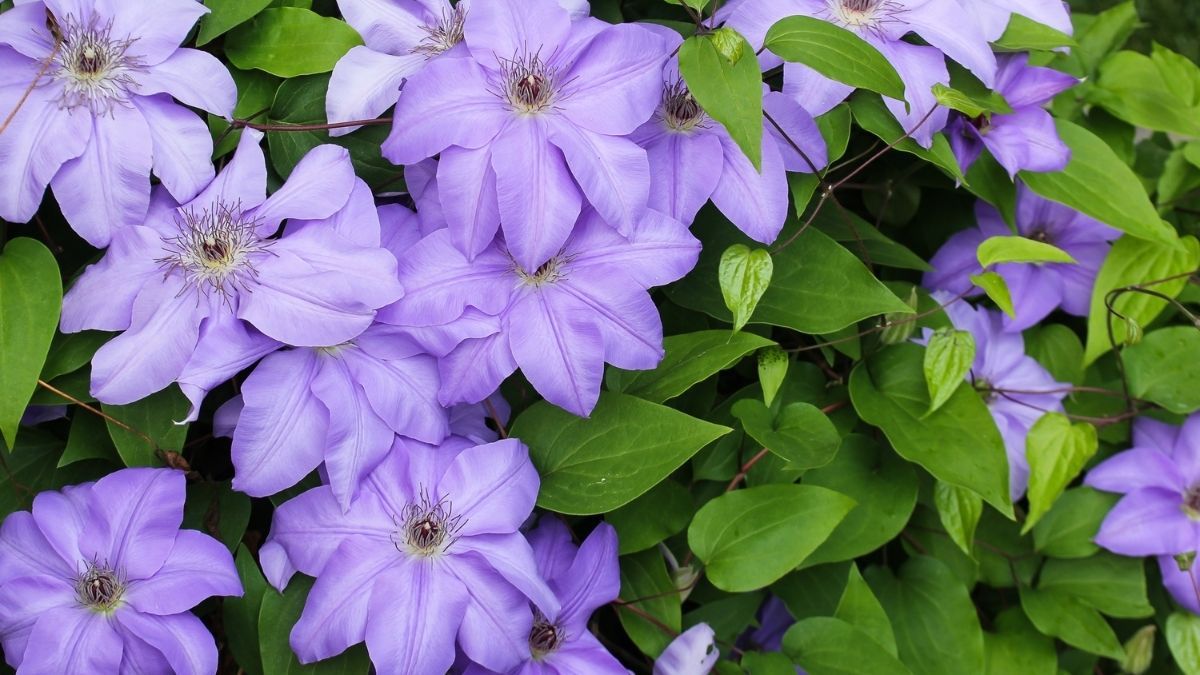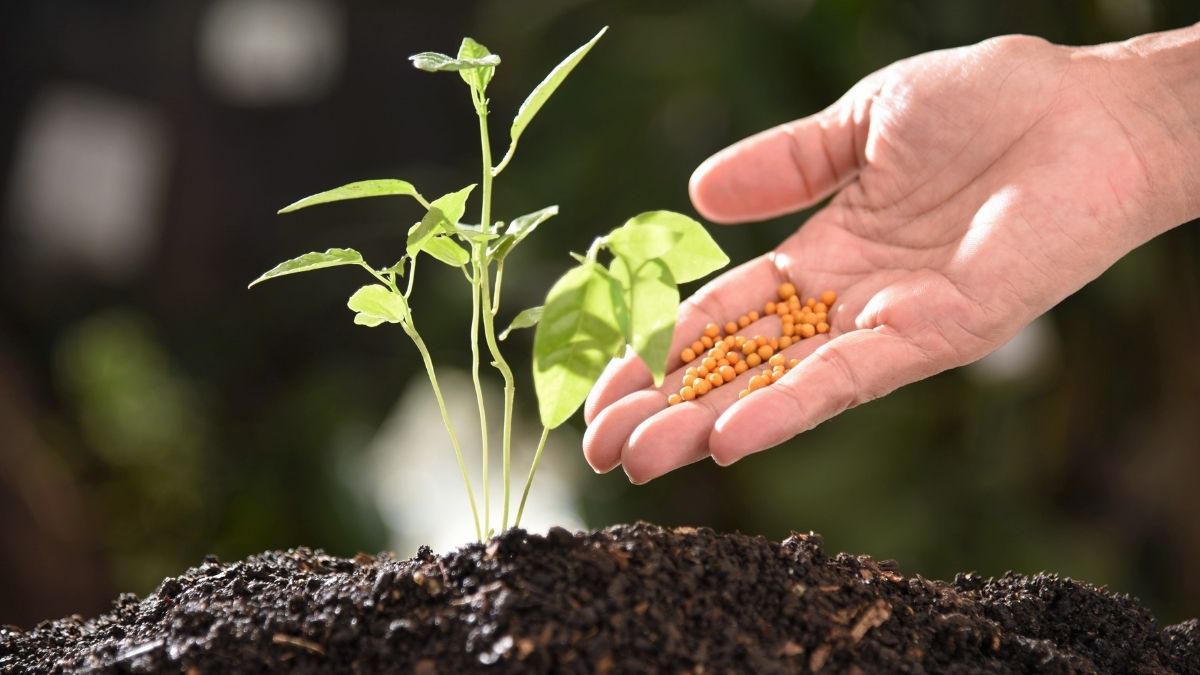
Plant diets. Yep, we’re talking fertilizer. Just like our food, it comes in many forms. And there isn’t a “one fertilizer fits all” solution. It’s label reading time. There are 3 numbers on all labels. The first one tells you the amount of Nitrogen in the product. Nitrogen feeds foliage. So with a high nitrogen number, you can expect faster leaf/plant growth. Think lettuce. The second number is for Potassium. This element promotes healthy flowers and fruit. Think veggies. The last number is for Phosphorus that keeps plants healthy and strong. By looking at these numbers, you have a better idea of what your plants need. But know your plant needs as well. Some plants actually prefer lean, infertile soil (ex. Feeding tall sedums makes the stems weak and floppy and lavender along with some herbs just plain aren’t happy with rich, well fertilized soil). Get your glasses out – it’s time to read labels! Time release fertilizers like Osmocote are great for several months worth of fertilizing, but they also have specific blends for specific plant needs.
Visit our blog for tasty recipes and gardening tidbits!

